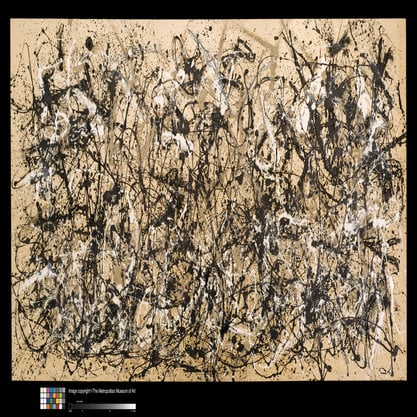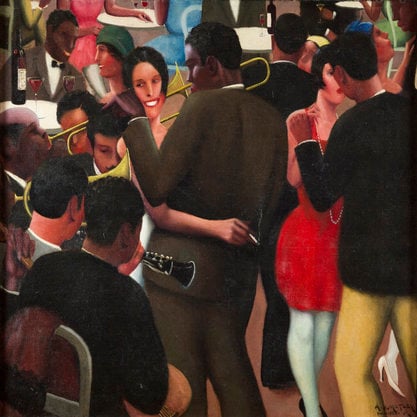Article
Late Modernism By Trub, Simon D.
Article
Late Modernism is a critics’ term rather than one that artists used themselves. Introducing it in the late 1970s, architectural critic Charles Jencks was probably the first to use ‘Late Modernism’ systematically. In addition to architectural scholarship, the term can be found in art criticism and musicology, but it is most firmly established in the field of literary studies. Late Modernism, like Modernism, can refer to a literary period, style, or genre and is exceedingly difficult to pinpoint. Accordingly, various literary critics use ‘Late Modernism’ to refer to different time periods or sets of writers from roughly the 1930s up to the present. Invariably, however, Late Modernism describes literature that continues characteristics associated with Modernism beyond the culmination of high Modernism. Hence, Late Modernism exists at a distance to the modernisms of the 1910s and 1920s. It marks a point at which modernist artists become self-consciously modernist, or at which modernist aesthetics become less effective or more difficult to continue.




